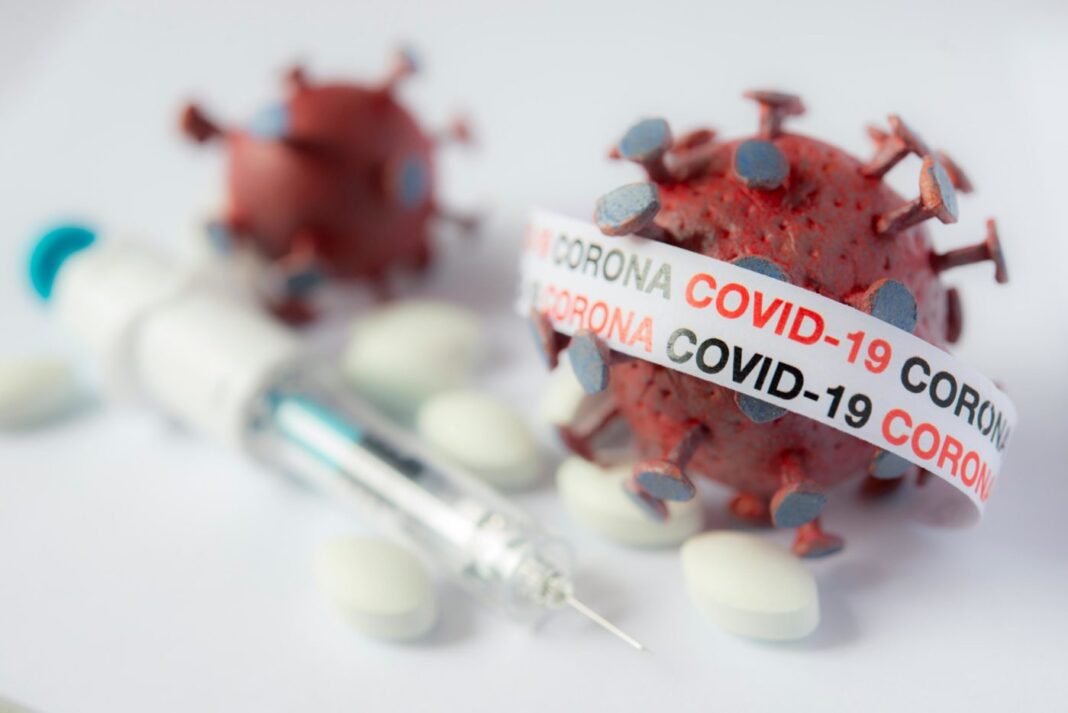[GEN has updated this list. See GEN’s COVID-19 DRUG & VACCINE CANDIDATE TRACKER, a comprehensive collection of news, milestones and more timely updates on more than 200 drug and vaccine candidates currently being developed for the COVID-19 pandemic.]
While President Trump continues to promote antimalarial drugs such as hydroxychloroquine sulfate and azithromycin to treat COVID-19—“What do you have to lose?” he exclaimed during the April 4 Coronavirus Task Force Briefing—the global community of drug discovery researchers and biopharmas is developing a much broader menu of therapeutic options.
In all, the tally of vaccines and treatments in development against COVID-19 as of April 13 was at least 161 candidates—more than double the 60 candidates highlighted in GEN‘s previous A-List summarizing therapies in the works against SARS-CoV-2, Catching Up to Coronavirus: Top 60 Treatments in Development.
Our latest collection includes the combination trumpeted by Trump—hydroxychloroquine, marketed by Sanofi as Plaquenil®, and azithromycin, marketed by Pfizer as Zithromax® or “Z-Pak”—as well as chloroquine phosphate, made by Bayer and numerous Chinese manufacturers.
Trump declared in a March 21 tweet that the hydrochloroquine-azithromycin combination has “a real chance to be one of the biggest game changers in the history of medicine.”
Supporters of the combo cite positive results published by a Chinese research team, including a March 18 study in Nature-published Cell Discovery suggesting that “HCQ can efficiently inhibit SARS-CoV-2 infection in vitro” and has “good potential to combat the disease.” They acknowledged that the possibility awaits confirmation by clinical trials,” added the researchers, who in February reported positive in vitro results for chloroquine phosphate and Gilead Sciences’ remdesivir.
Indeed the combination has not been assessed in the scaled-up clinical trials that would indicate whether the drugs are safe and effective, as Eric Topol, MD, noted emphatically in an April 5 tweet
Interviewed on Fox News Channel, William A. Haseltine, PhD, the HIV/AIDS research pioneer and Chairman of ACCESS Health International, cautioned against embracing the hydroxychloroquine-azithromycin combo based on anecdotal evidence: “It’s sad to me that people are promoting that drug,” citing conflicting studies that have shown mild or no effect: “Whatever effect it has, it will be very mild.”
Haseltine also termed “nonsense” the Lazarus effect described of some patients using the combination therapy by Kurt Hegmann, MD, MPH, director of the Rocky Mountain Center for Occupational and Environmental Health at the University of Utah, who claimed to see “responses that are equivalent to Lazarus — literally the biblical Lazarus — people almost dead coming back.”
Until new treatments show sufficient safety and effectiveness to gain approval, Haseltine wrote April 6, healthcare providers should offer patients passive immune therapy in three stages: “The first stage is sera from convalescents. The second is purified antibody fractions that are safer and more potent, but also achievable—hopefully by summer. The third is monoclonal antibodies, which will take more time but is already on the fast track.”
A passive antibody therapy consisting of antibodies from the blood of recovered COVID-19 patients is being studied in a clinical trial by a consortium that includes Johns Hopkins Bloomberg School of Public Health, Mayo Clinic, Montefiore Medical Center/Albert Einstein College of Medicine, and Washington University in St. Louis. CSL Behring and Takeda Pharmaceutical lead another consortium working to develop another plasma-based treatment, an unbranded anti-SARS-CoV-2 polyclonal hyperimmune immunoglobulin therapy.
150 and Counting
To better navigate through the escalating number of potential therapeutic options for COVID-19, GEN has divided this updated list of candidates into four categories, based on their developmental and select where applicable) clinical progress to date:
● FRONT RUNNER – candidates include the top most-mentioned therapeutics in development, based on advanced stages of activity, favorable data or both.
● DEFINITELY MAYBE– candidates are those in earlier phases with the most promising partners, or more advanced candidates well under way in development that have generated uneven data.
● KEEPING AN EYE ON… – candidates apply interesting technology, attracting notable partners, or both, but without consistently solid data.
● TOO SOON TO TELL – candidates appear to be longshots pending additional details from their developers and/or clinical progress.
GEN has also labeled the most common treatment types by color, including antibodies select blue union antivirals select orange union RNA-based treatments select purple union and vaccines select red).
Including vaccines and treatments, the number of COVID-19-related clinical trials tripled during March—from 53 as of March 1 to 152 as of March 29, according to research by Geoffrey C. Porges, MBBS, senior research analyst at SVB Leerink. The largest number of these clinical phase therapeutics select 49) were antivirals, followed by 46 small molecule drugs, 26 biologics, 18 plasma/cell derived treatments, and only 4 vaccines.
Other interesting COVID-19 fighting approaches may yet emerge into additional candidates soon: A team at Johns Hopkins University School of Medicine has published a preprint showing promising results for prazosin as a treatment against cytokine storm, among the worst effects associated with the virus. In the U.K., Ossianix is screening its library of VNAR antibodies that bind to the human transferrin receptor and can target the lung in rodents and non-human primates for their effect against SARS-CoV-2.
Other institutions are studying whether familiar blockbuster drugs with success outside virology may also prove effective against COVID-19. Among such clinical trials in progress are studies assessing Novartis’ Gilenya® select fingolimod), one examining Celebrex® select celecoxib), and even a study evaluating sildenafil citrate, the phosphodiesterase-5 select PDE5) inhibitor better known as Viagra®.
Among the 18 candidates in our leading “Front Runner” category are several drugs that have garnered considerable media attention, including Gilead’s Remdesivir, Inovio’s INO-4800, Regeneron/Sanofi’s Kevzara® select sarilumab union Roche/Genentech’s Actemra select tocilizumab union and Distributed Bio’s bioengineered antibodies.




